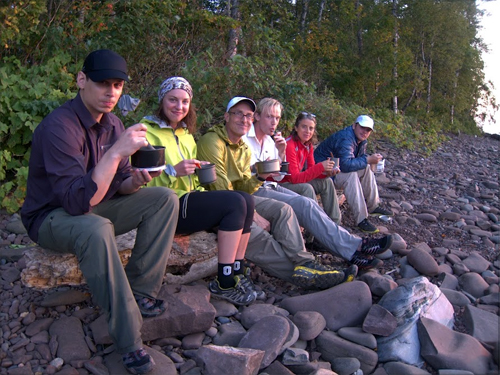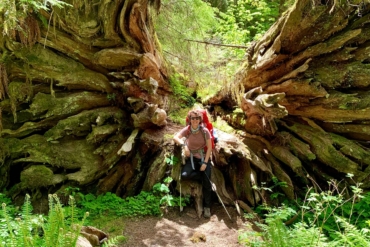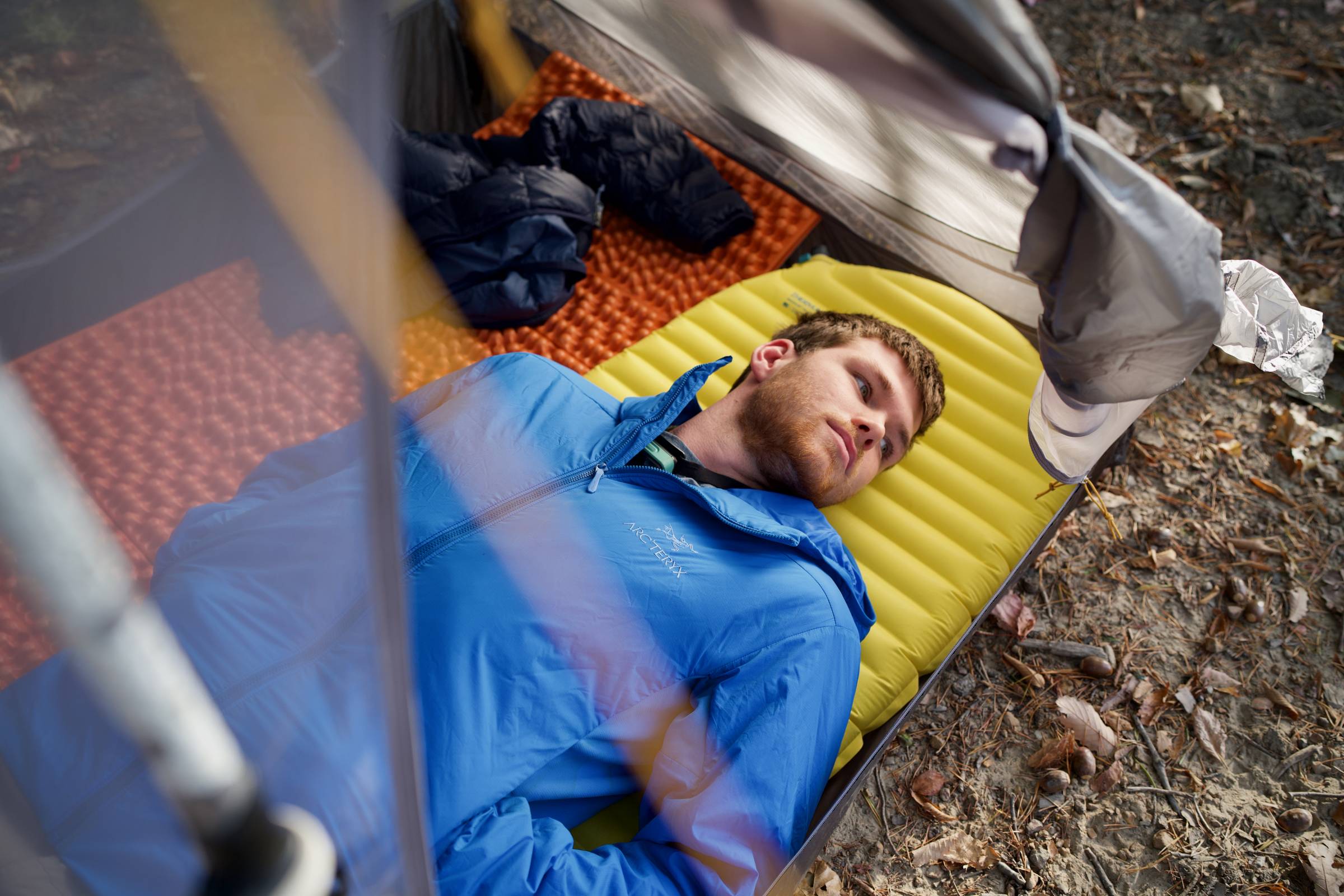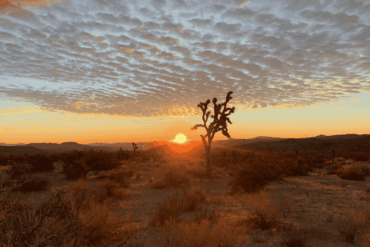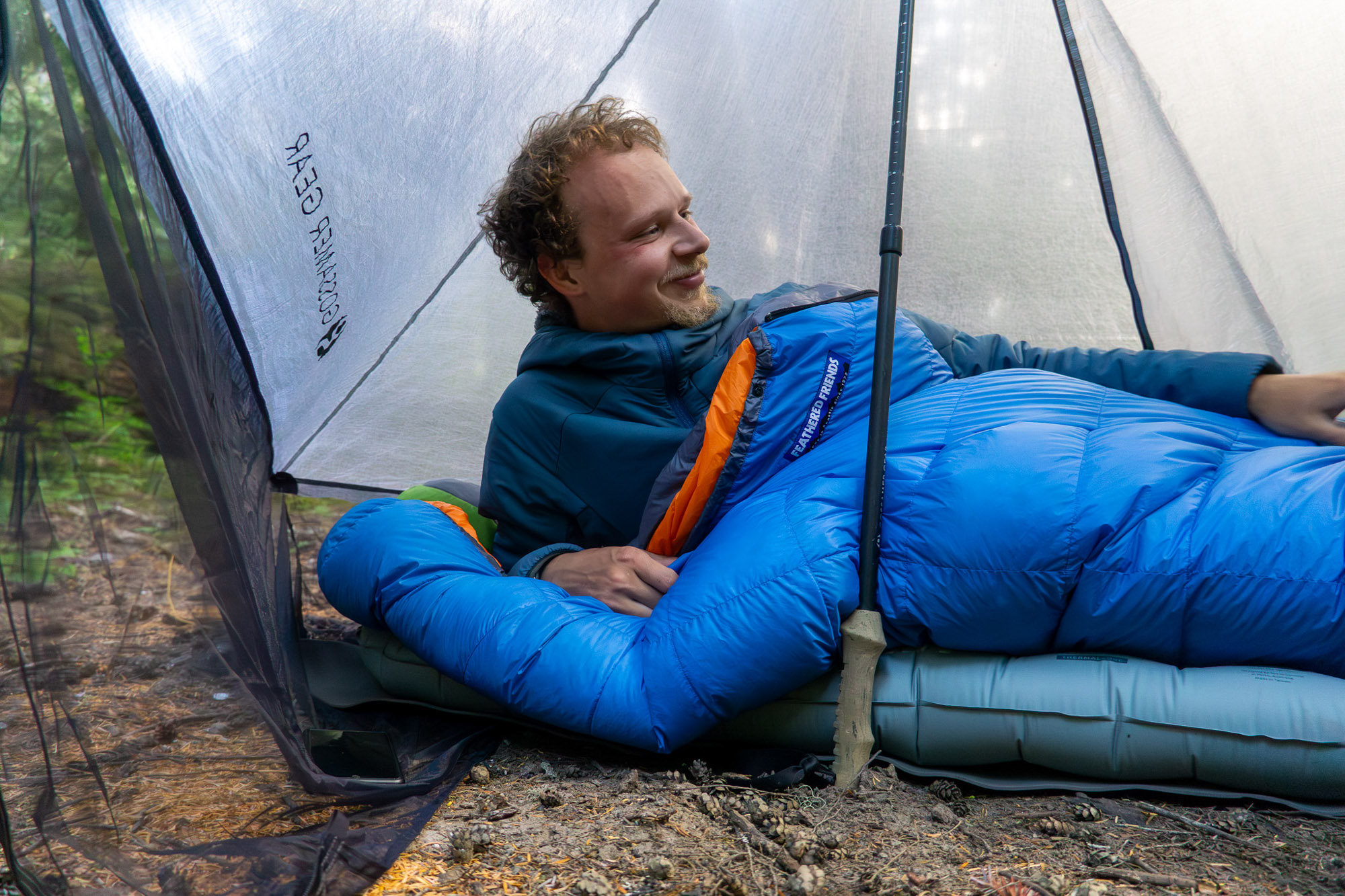Last month, in the Porcupine Mountains of Michigan’s pristine Upper Peninsula, I backpacked for three days with the master backpacker himself, Andrew Skurka. A National Geographic “Adventurer of the Year” as well as author of the stellar “The Ultimate Hiker’s Gear Guide,” Skurka guides trips each year to introduce beginner and intermediate backpackers to the activity in real-world classrooms like Yosemite and Rocky Mountain National Park.
Along with 10 fellow “students,” I hiked and camped in the wilderness above Lake Superior with Skurka in the Porcupine Mountains under the guise of his “Ultimate Hiking Course” curriculum. Fellow guide Alan Dixon, a co-founder of Backpacking Light Magazine, came along to teach and offer advice and knowledge alongside Skurka. Here are a few tips I learned from the pair in the Porcupines for three days of bushwhacking, backcountry camping, and hiking miles down the trail. —Amy Oberbroeckling
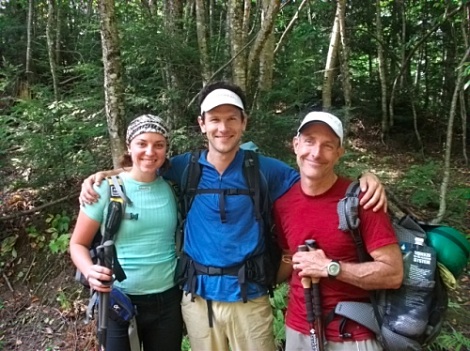
Don’t go ‘Stupid Light.’ Ultra-light backpacking is all about cutting weight from a pack, which means ditching heavy gear and leaving unneeded items behind. But don’t go too crazy on this theme. For example, it’s better to haul a bit of extra warm clothing — like a light down jacket — than it is to be cold. Yes, you’ll be carrying a few ounces more. The trade off of warmth is worth it.

Geek Out on Gear. I’ll admit I rolled my eyes at the thought of cutting the handles off my toothbrush and spoon in order to save a few grams. When sorting my gear, I thought it was a nuisance to weigh my loaded pack and try and cut out extras. But all the pre-trip fussing saved me weight in the end. I ended up ditching some clothing that I never needed, as one example.
After seeing how light Skurka’s pack was I realized being nerdy about your gear really pays off. His pack and gear for the three-day trip weighed only 11 pounds. He saved weight by knowing exactly how much of each essential supply was needed and bringing ultra-light gear. He doubled up where he could, for example using his allotted 14 grams of Dr. Bronner’s All-in-One soap for washing his hands and brushing his teeth. He also brought 12 perfectly calculated tiles of premium Charmin Toilet Paper. Now that’s attention to detail!
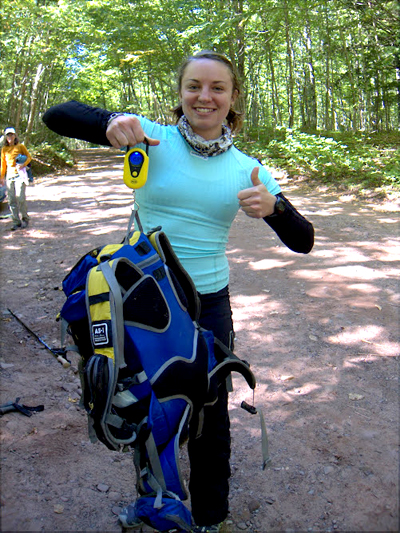
Light Feet. Hiking footwear has gone minimal. Big boots are no longer as common on the trail. On our trip, Skurka and Dixon wore trail-running shoes, the La Sportiva Raptors model, which weigh about 12 ounces a foot. They are flexible, low-profile, and have an upper with non-waterproof mesh.
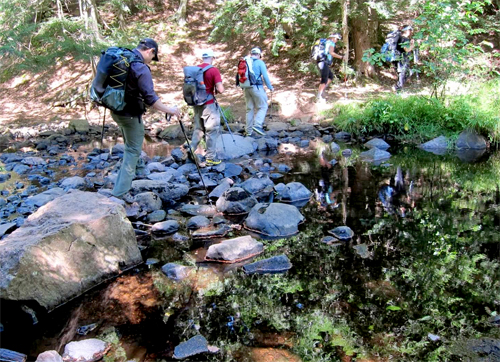
I wore a pair of the Salomon XA Pro 3D Ultra 2 GTX. Weighing about 14 ounces a shoe, they aren’t the lightest trail-runners. For me, they provided just enough stability so that I didn’t need to worry about foot placement on the rough terrain.
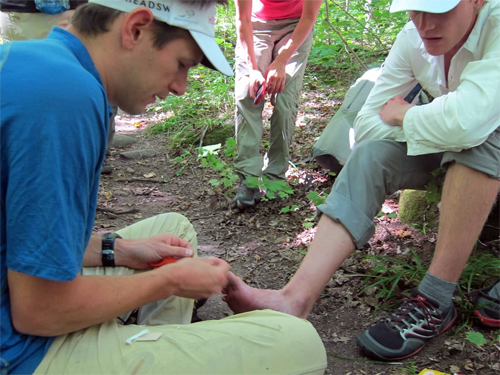
Shelter Selection. With thousands and thousands of miles of hiking under his belt, Surka has developed tried-and-true preferences for sleeping setups. A perk to participating in one of his courses is that he provides loaner shelters to students that might be interested in trying out an ultralight system.
On our trip, Skurka loaned out a Six Moon Designs Lunar Solo tent, a GoLite Ultra 3-Season Quilt, a GoLite Shangri-la 2 tent with an inner nest, a Gossamer Gear SpinnTwinn tarp, and a Mountain Laurel Design Superlight bivy. Students were able to switch systems after the first night to get a feel for what style they liked best.
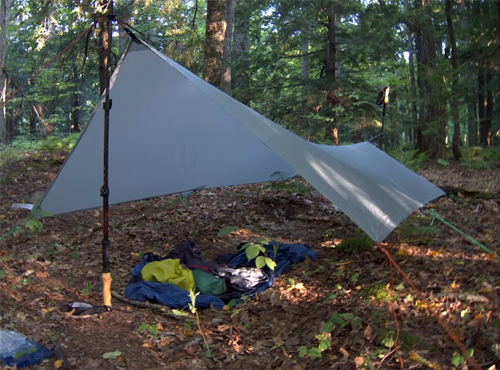
I used Sea to Summit’s Ultralight Duo tent for my shelter. I was one of only two student to bring my own tent. It was my first time using the Duo, which weighs only 846 grams and is made to fit two people. It had plenty of space for me and my pack inside and set-up was a breeze.
Don’t skimp on the Chocolate. When you’re hiking all day you don’t need to hold back on calories. Skurka preaches bringing high-calorie foods like chocolate and nuts. Throughout the day we snacked on honey-mustard pretzels, chocolate-covered espresso beans, Peanut M&M’s, chips, Snickers bars, and dried fruit.

Skurka provided all 10 of us on the Porkies trip with breakfast and dinner. All we had to do was boil water on our Fancy Feast Stoves. For breakfast one morning we ate Cream of Wheat with almonds, raisins, brown sugar and butter. Some of us even added chocolate peanut butter cups! For dinners, Alan Dixon shared his vegan meals with me. He prepared a curry couscous the first night and a veggie chili mac the next. Yum!
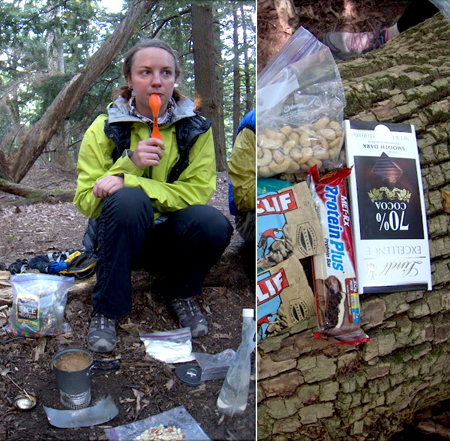
Set Trip Goals. Decide goals far before driving to the trailhead. This means choosing a backpacking style, including minimal/ultra-light or more relaxed with extra gear to make the experience more comfortable. Set goals about how far you’ll hike each day and what you want to see. Bring only the gear and supplies you need to achieve this goal.
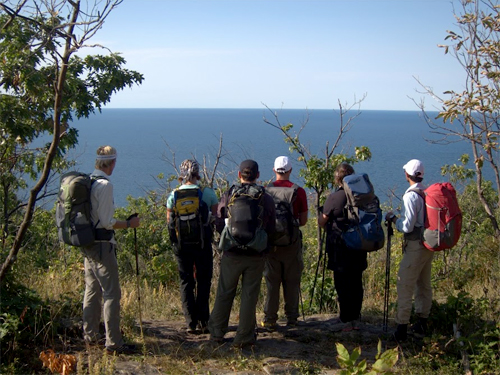
As a backpacking novice, in the Porcupines I wasn’t setting any records or pushing too hard. My pack weighed just over 16 pounds without food or water. This was over the typical 15-pound maximum weight to be considered ultra-light, some of the hikers noted. But the weight of my pack didn’t stop me from achieving my trip goal, which was simple: To bring the least amount of gear to keep pack weight manageable and to make sure I would have a fun experience in the woods.
—Amy Oberbroeckling, an Iowa native, is an editorial intern at GearJunkie.
